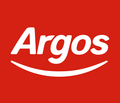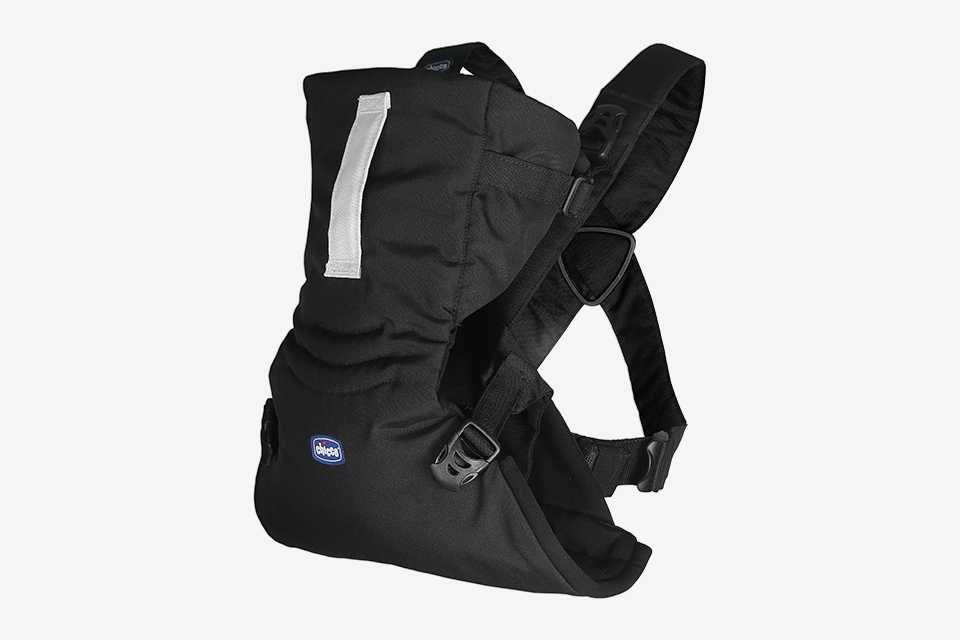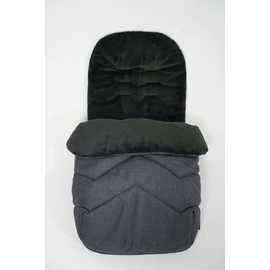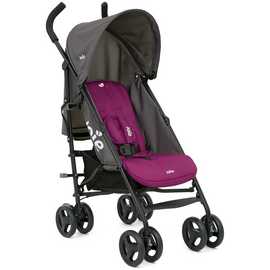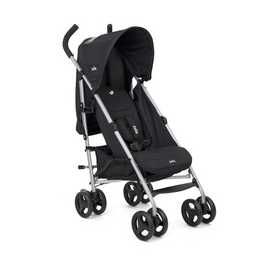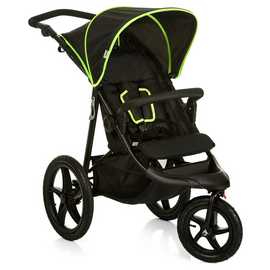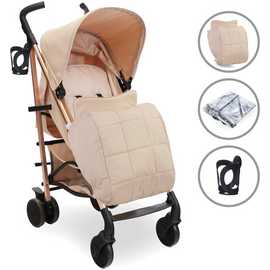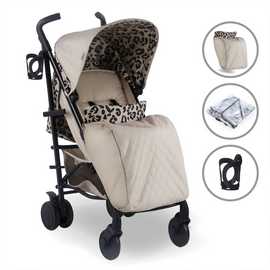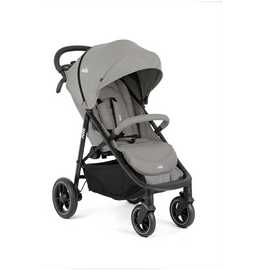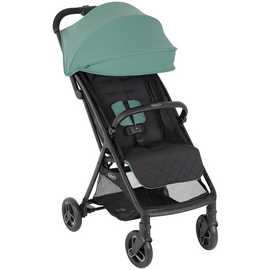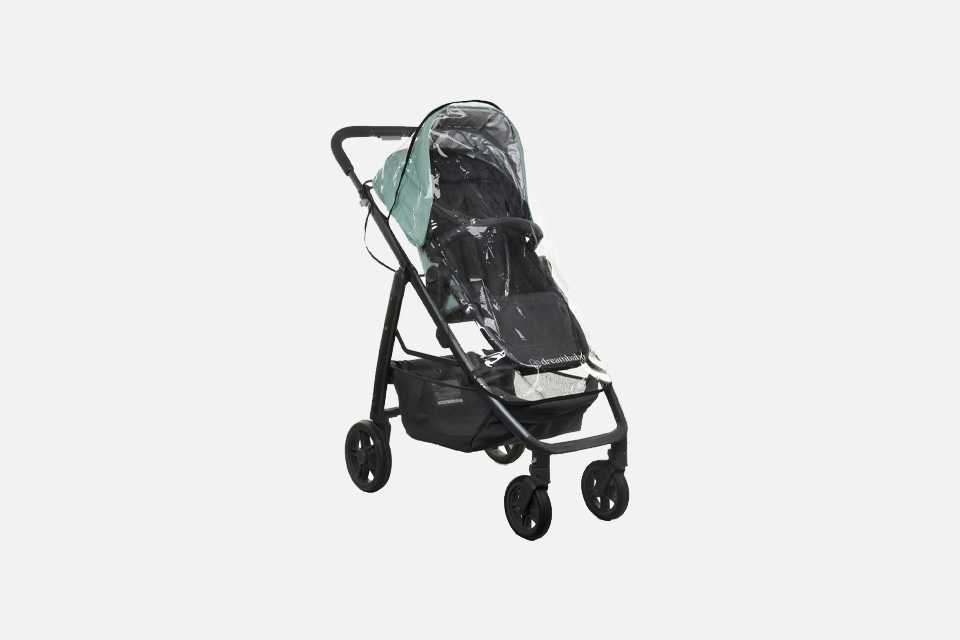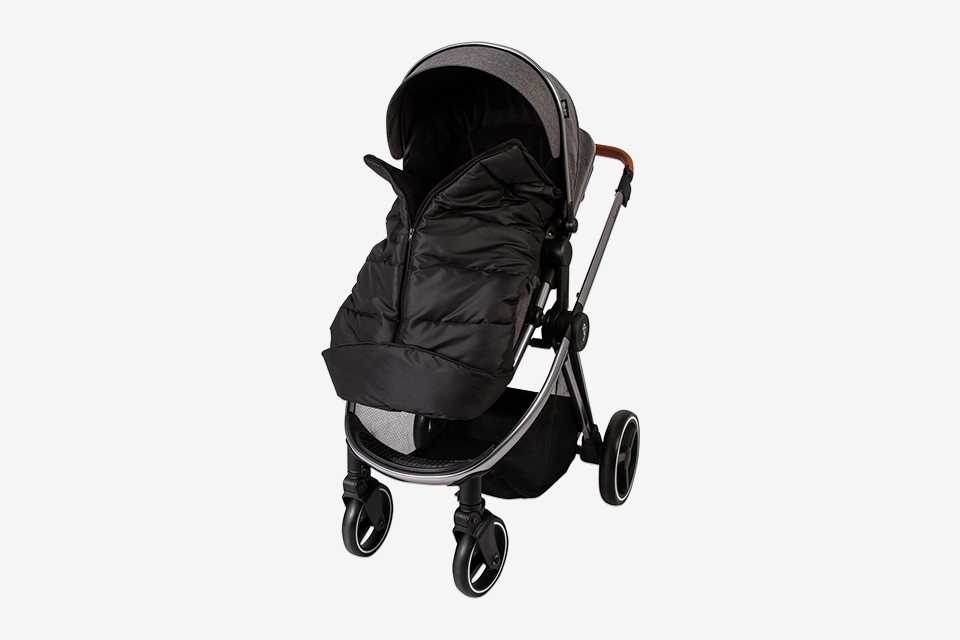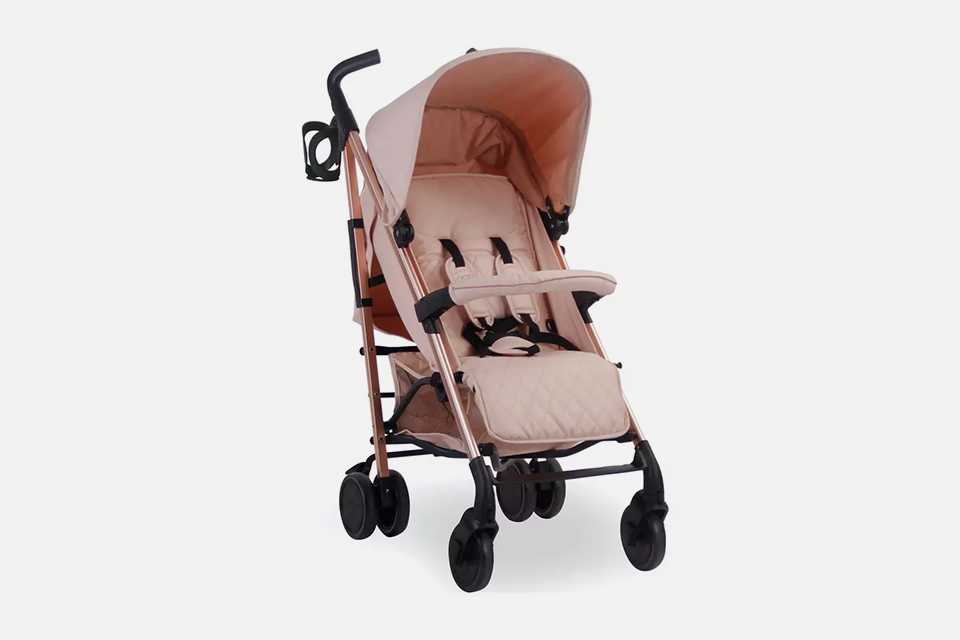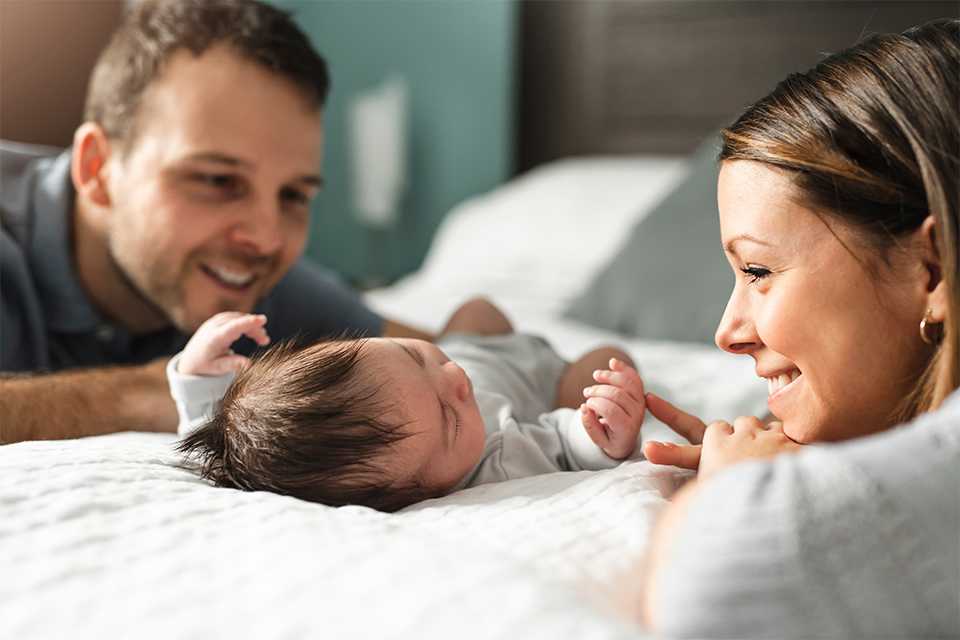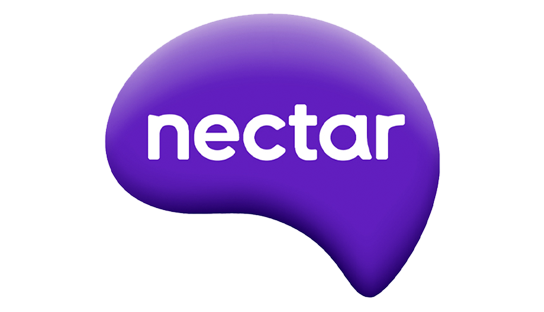Pushchair buying guide
Stroller, pram, pushchair, buggy, travel system - we've got all the info you need.
Shop all pushchairs&poi={$this.metadata.pointOfInterest.x},{$this.metadata.pointOfInterest.y},{$this.metadata.pointOfInterest.w},{$this.metadata.pointOfInterest.h}&scaleFit={($this.metadata.pointOfInterest.x>0)?$sfpoi:$sfcenter}&sm=aspect&aspect=3:2&sfcenter=center&sfpoi=poi&qlt=50&fmt=auto&noiser=0&fmt.jpeg.interlaced=true&fmt.jp2.qlt=40&)
Getting ready for a new arrival? Or need a new stroller for your growing toddler? With so many options, choosing a new pushchair can be overwhelming. From buying a pushchair during your pregnancy, to choosing the best features for a travel system, we'll help you find the perfect fit.
Which is the best pushchair to buy for…
Newborns? Toddlers? Pushchairs are grouped into two main categories: those that are suitable for babies from birth, and those that are better for babies and children over 6 months.
Newborns
Also known as first-stage pushchairs, these let your baby lie flat. Suitable from birth until 3-4 years old, they sometimes also come with a carry cot and car seat. The seat is often reversible so that it can be adapted to go from parent-facing to forward-facing as your child grows.
Babies over 6 months & toddlers
Also known as second-stage pushchairs, these are forward-facing and designed to be sturdy yet lightweight and compact. They’re ideal for little adventures when your child may want to walk some of the time. Easy to fold, some come with one-handed operation – great to pack into the car.
What are the different types of pushchairs?
Carousel
Carousel
Popular pushchair and travel system brands
Carousel
Safety tips
- Always strap your little one in using the pushchair harness.
- Apply the brake when you’re not on the move.
- Fix swivel wheels, if possible, when pushing over rough ground – this will help to stabilise the pushchair.
- If you’re using a pushchair for a newborn baby, make sure the recline is 150 degrees or more so that your baby can lie flat.
- Check the wheels and brakes regularly for any signs of damage.
- Keep little fingers away from the folding mechanism, and make sure it’s fully locked open when in use.
- Only store shopping and bags in the basket underneath the pushchair, not from the handles. This will prevent tipping.
- Know the weight limit. Overloading with bags or a child whose weight exceeds the limit can lead to instability and breakage.
Have a stroll around...
Slider Grid
Pushchair accessories
Carousel
Top pram and pushchair reviews
Reviews Carousel
Frequently asked questions
How do I know which pushchair to buy?
When buying a pushchair, consider the age of your child, and where and how will you use the pushchair the most. Check for features that will best suit your lifestyle and your little one. Is it light enough to lift in and out of the car? Or do you need something heavier and more robust? Does it need to be car seat and carrycot compatible, ideal for a newborn? Do you need it to go over bumpy ground? Write a list of must-have features to help you decide.
How do I choose a pram for a newborn?
As newborns need to lie flat for the first few months, look for a pushchair or pram with a recline of 150 degrees or more so that your baby can lie flat on their back. Many also come with a carry cot, a car seat and matching accessories. Parent-facing is ideal so that you can see your baby - many pushchairs are parent-facing to begin with and they can be adapted to face forwards as your baby grows.
What is the difference between a stroller and a pushchair?
A stroller is lightweight, easy to fold and suitable for babies 6 months and over, while a pushchair is more robust, designed to transport and support your baby from newborn to toddler.
What is a travel system?
A travel system is an all-in-one set that always includes a wheeled chassis, a pushchair seat and an infant carrier car seat. Some also come with a newborn-ready carrycot, a car seat base, a matching footmuff, change bag and raincover. Check each each set carefully to make sure it provides everything you need.
Can I use my travel system infant carrier car seat like a pram?
Infant carrier car seats are convenient but because they curve slightly and aren’t flat, you are advised not keep your baby in them for more than 2 hours, especially newborns.
What age do babies change prams?
Once your baby is able to sit up and fully lift and control their head themselves, they can move to a pushchair with an upright seat. An adjustable reclining seat will allow your baby to lie back to sleep, but also lets them sit up to see the world around them, supporting their development.
What are the essential accessories and add-ons for a pushchair?
Raincovers and sunshades offer protection from the weather while footmuffs are essential for protecting your child from the cold. Got a toddler in tow? Add on a buggy board for them to ride along on. And don't forget the change bag for all your nappy change and feeding essentials.
How do I ensure that the pushchair I choose is durable, long-lasting, and provides good value for money?
Look for a pushchair that can accomodate the needs of your growing child. Important features to consider are car seat and carrycot compatibility, reversible seats, adjustable handles, foldable frame, and handy places to keep add-ons - it all depends on what you need. Read reviews and ask for recommendations. Your pushchair is going to be your new best friend!
